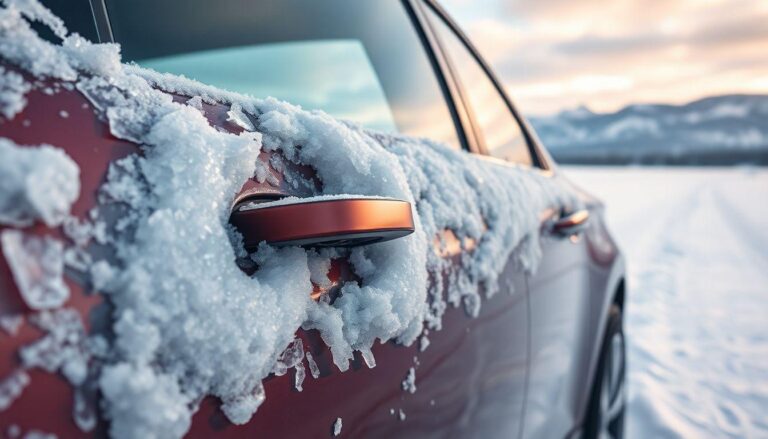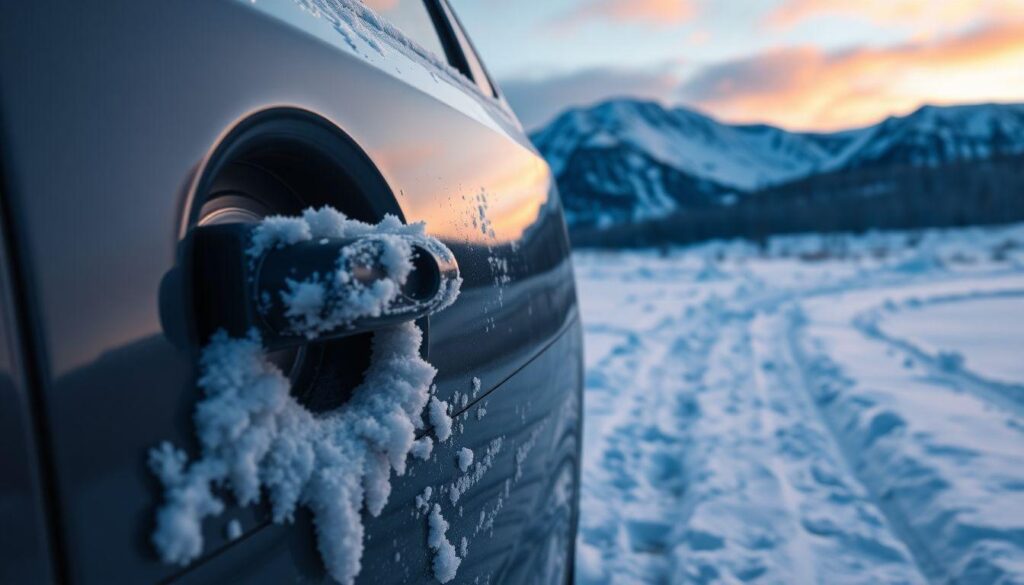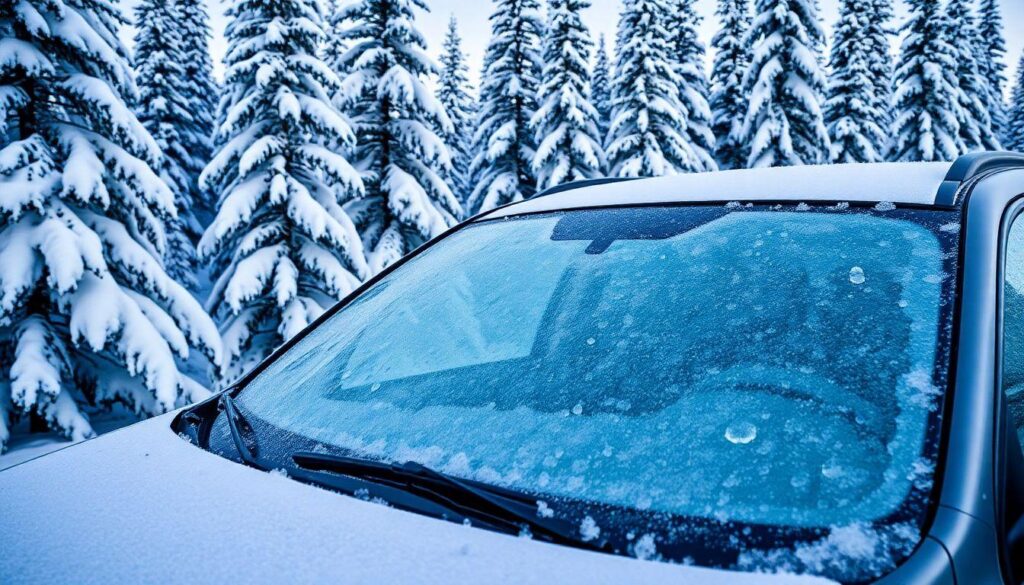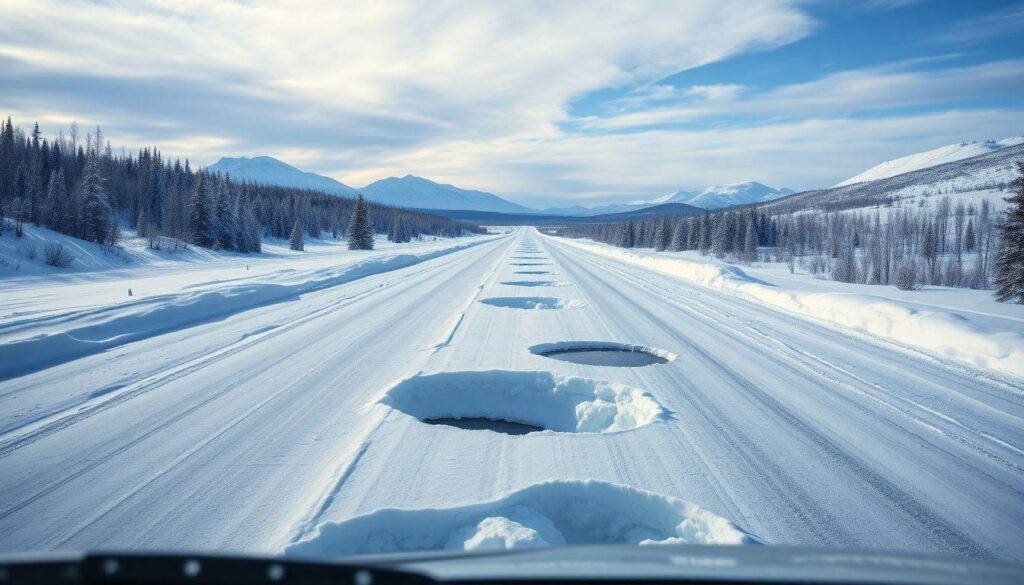Picture this: you’re rushing to get to work on a frigid Yukon morning, coffee in hand, already calculating if you’ll make it on time. You reach your car, insert the key, and nothing. Your door lock is frozen solid, trapping you outside while your warm car sits just inches away. Sound familiar? You’re definitely not alone in this Arctic struggle. Frozen car door locks during Yukon winters are practically a rite of passage for anyone brave enough to call this beautiful, brutally cold territory home.
The good news? You don’t have to surrender to Jack Frost every time temperatures plummet. With a few clever tricks and some preparation, you can outsmart those stubborn locks and reclaim your morning routine. Let’s explore some practical solutions that actually work when the mercury drops and your patience runs thin.
Why Do Car Door Locks Freeze Anyway?
Before we jump into solutions, it’s worth understanding your enemy. Car door locks freeze when moisture gets into the lock mechanism and turns to ice. This moisture can come from washing your car, rain that freezes overnight, or even just the humidity in the air during those dramatic temperature swings we know so well up here.
The metal components in your lock contract in extreme cold, making the mechanism tighter. Add ice crystals to the mix, and you’ve got a perfect storm of frustration. Your key might go in partway, or worse, not at all. Sometimes you can turn the key, but the lock mechanism itself won’t budge.
Quick Fixes When You’re Already Stuck
The Hand Warmer Method
Those little hand warmers you keep in your winter emergency kit? They’re about to become your best friend. Cup one around your key and the lock area for a few minutes. The gentle, sustained heat will gradually melt the ice without shocking the metal components. This method takes patience, but it’s surprisingly effective and won’t damage your lock.
Warm Key Technique
Heat your key with a lighter, matches, or even by holding it against a warm coffee cup. Insert the warmed key gently into the lock, wiggle it slightly, then remove and reheat. Repeat this process several times. The key acts like a tiny heating element, melting ice from the inside out. Just be careful not to make the key too hot to handle.
De-icer Spray Magic
Commercial de-icer sprays are worth their weight in gold during Yukon winters. Keep a small bottle in your purse or jacket pocket. Spray directly into the lock, wait about thirty seconds, then try your key. These sprays contain alcohol or glycol that melts ice quickly and displaces moisture.
Household Heroes That Actually Work
The Hair Dryer Solution
If you’re at home when this happens, grab your hair dryer and an extension cord. Direct warm air at the lock for a few minutes. This method is gentle and effective, though obviously only practical when you’re near a power source. It’s particularly useful for those stubborn locks that won’t respond to other methods.
Rubbing Alcohol to the Rescue
Mix equal parts water and rubbing alcohol in a small spray bottle. The alcohol prevents freezing and helps dissolve existing ice. Spray this mixture into the lock, wait a moment, then try your key. This solution works because alcohol has a much lower freezing point than water.
Hand Sanitizer Hack
Here’s a trick that gained popularity recently: squirt alcohol-based hand sanitizer onto your key and into the lock. The high alcohol content melts ice effectively. This method is convenient since most of us carry hand sanitizer these days, but use it sparingly to avoid getting sticky residue in your lock mechanism.
Prevention Strategies That Make Life Easier
The Petroleum Jelly Trick
Before winter hits hard, apply a thin layer of petroleum jelly to your key and insert it into the lock several times. This coats the internal mechanism and creates a barrier against moisture. It’s like waterproofing your lock from the inside. Reapply monthly for best results.
Graphite Is Your Friend
Rub a pencil lead on your key, then work the key in and out of the lock several times. The graphite acts as both a lubricant and a moisture barrier. This old-school trick has been saving drivers for decades because it actually works.
Strategic Parking Choices
When possible, park your car facing east so morning sun hits your driver’s side door. Even weak winter sunlight can make a difference. If you have access to any windbreak or covered area, use it. Every degree matters when you’re dealing with frozen car door locks during Yukon winters.
What Not to Do When Locks Freeze
Resist the urge to force your key or use excessive pressure. You might break the key or damage the lock mechanism, turning a minor inconvenience into an expensive repair. Similarly, avoid pouring hot water directly on the lock. The rapid temperature change can crack metal components, and the water will likely refreeze anyway.
Don’t use a torch or other high-heat source directly on the lock. You risk damaging rubber seals, paint, or even melting plastic components around the door handle area.
Building Your Winter Car Emergency Kit
Smart preparation makes all the difference. Keep these items handy:
- Small bottle of commercial de-icer
- Hand warmers
- Small spray bottle with rubbing alcohol mixture
- Disposable lighter
- Travel-size petroleum jelly
- Extra gloves (because you’ll definitely take them off to work on the lock)
Store these items in your purse, jacket pocket, or somewhere accessible without needing to get into your car. There’s nothing more frustrating than having the perfect solution locked inside the vehicle you can’t access.
When to Call for Professional Help
If your lock consistently freezes despite preventive measures, or if the mechanism feels damaged after a freezing incident, it might be time for professional attention. A locksmith can assess whether internal components need replacement or if there’s an underlying moisture problem.
Sometimes the issue isn’t just ice but a failing lock mechanism that’s more susceptible to cold weather problems. Don’t ignore persistent issues, especially if they’re getting worse each winter.
Dealing with frozen car door locks during Yukon winters doesn’t have to ruin your day or your morning routine. With these practical strategies, you’ll be prepared for whatever winter throws your way. Remember, a little prevention goes a long way, but when prevention fails, you now have an arsenal of solutions to get you back on the road quickly.
The key is staying calm, being patient, and working systematically through your options. Before you know it, you’ll be handling frozen locks like a seasoned northern veteran, maybe even helping out fellow drivers who are still learning the ropes.
If you found these tips helpful, feel free to share this article with your friends and followers! Winter is challenging enough without everyone having to learn these lessons the hard way.






